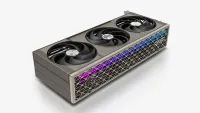Sapphire Radeon RX 9070 XT drops to $729 — The best all-around graphics card for enthusiasts hits an all-time low on Amazon
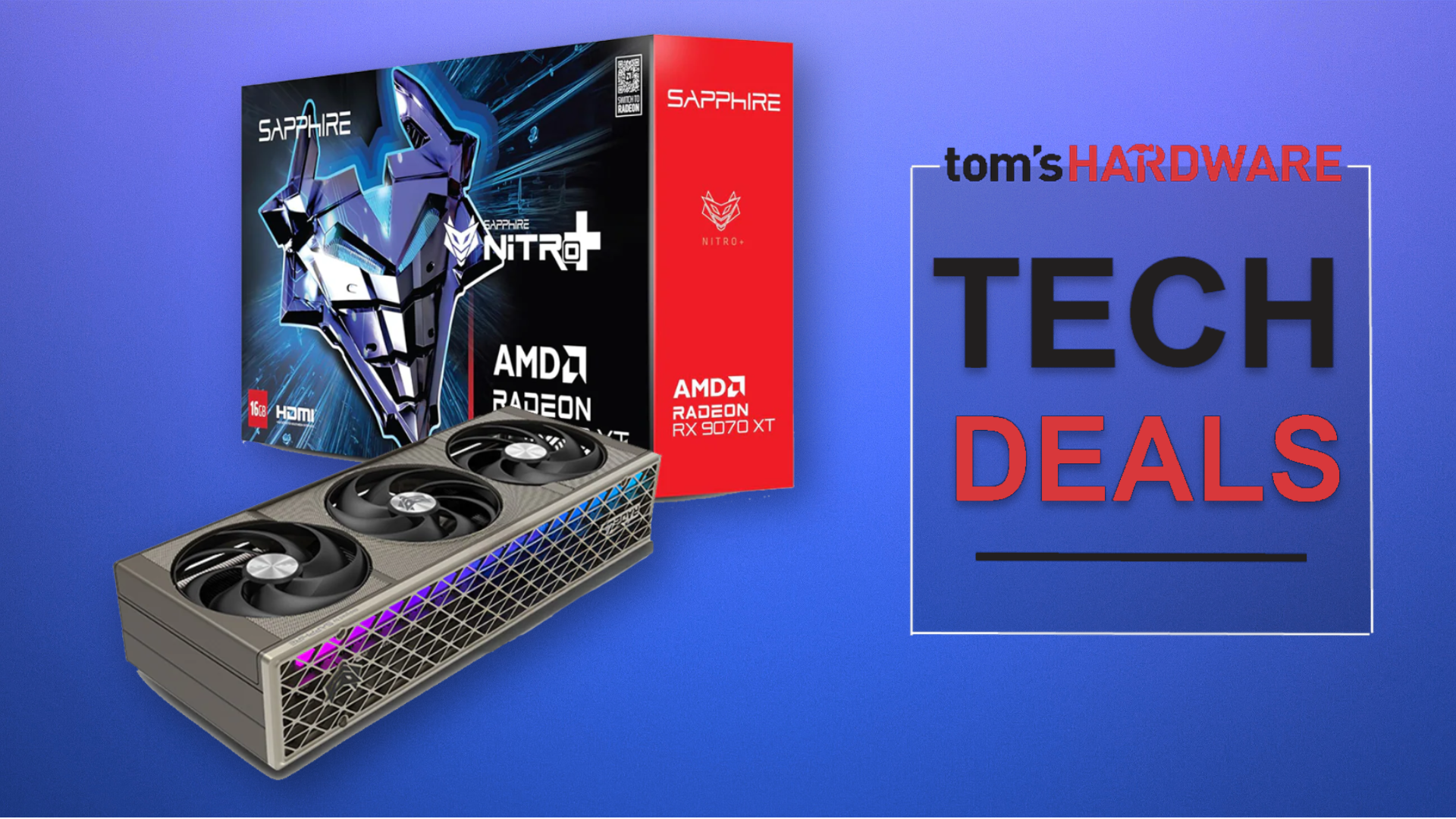
AMD's RDNA 4 lineup of GPUs has been a heaven-sent for gamers seeking premium performance without breaking the bank, well, relatively. Just like Nvidia, even the Red Team's offerings have been plagued with stock issues, forcing people to buy even basic models at over MSRP. Fortunately, sales often alleviate such dilemmas, and we've hunted down an amazing deal for you today — Sapphire's top-tier RX 9070 XT can be yours for just $729, the cheapest it's ever been.
If you don't insist on Nvidia's particular feature-set, AMD's RDNA 4 lineup is perhaps the best thing that happened to the GPU market. With 16GB of VRAM, plenty of cores, TPUs, ROPs, and AI accelerators, the RX 9070 XT is a no-brainer choice for GPUs in 2025. Now, arguably its best variant is available for a record-low.
Yes, AMD set the MSRP for the 9070 XT at $599, but Sapphire's Nitro+ is a flagship variant that commands a premium. Sapphire originally priced the Nitro+ at $729, but it never actually sold at that rate; just three months ago, it hit its lowest price ever of $769, so this course correction has long been due. As for the GPU itself, it doesn't really need a sales pitch. The 9070 XT is our top pick for the best GPUs you can buy today. It performs almost identically to the RTX 5070 Ti overall while costing a lot less, and even matches the RTX 4070 Ti in ray tracing performance.
Include a table / charts, if possible. Put text between the widget above and the album below.
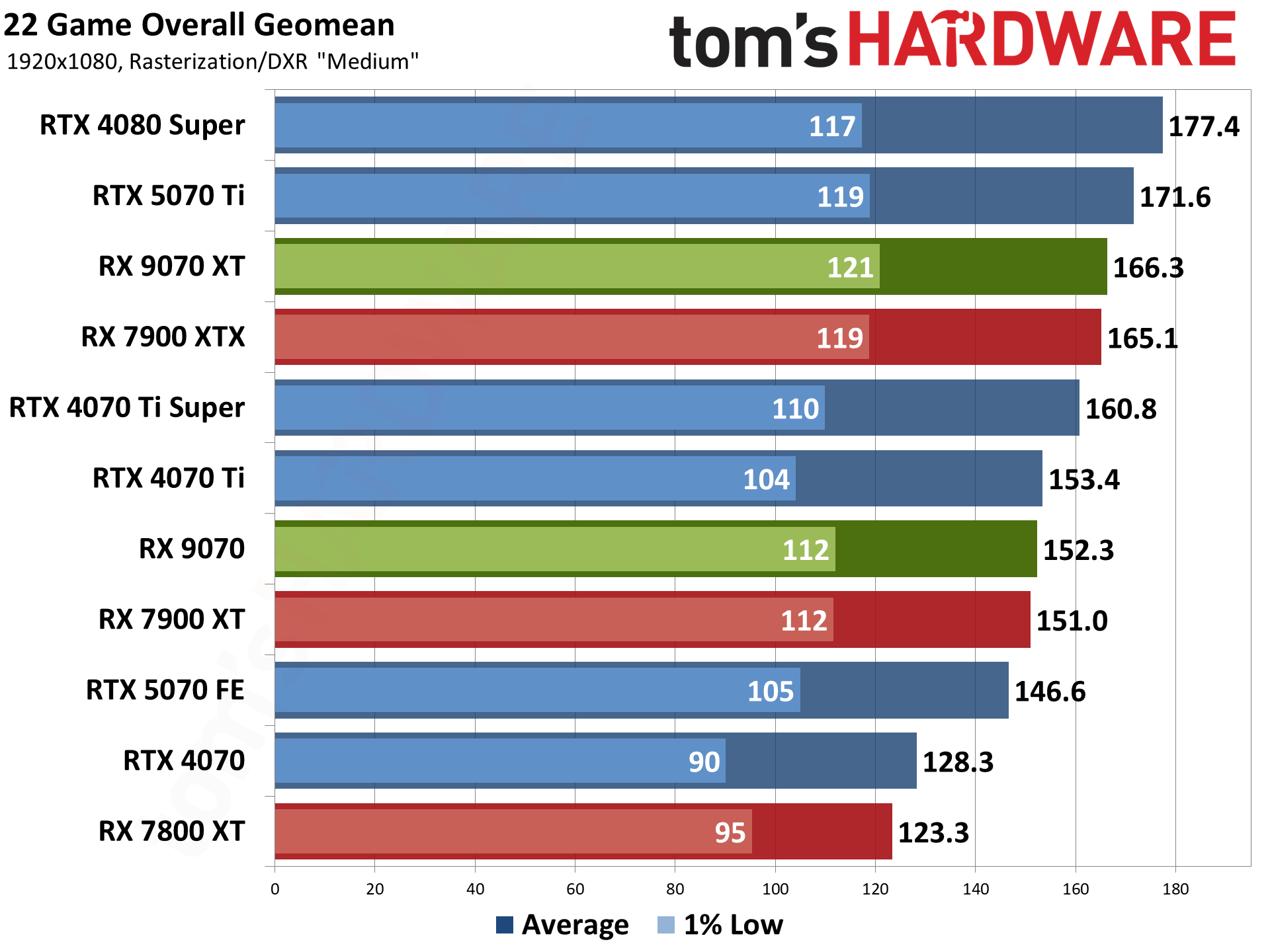
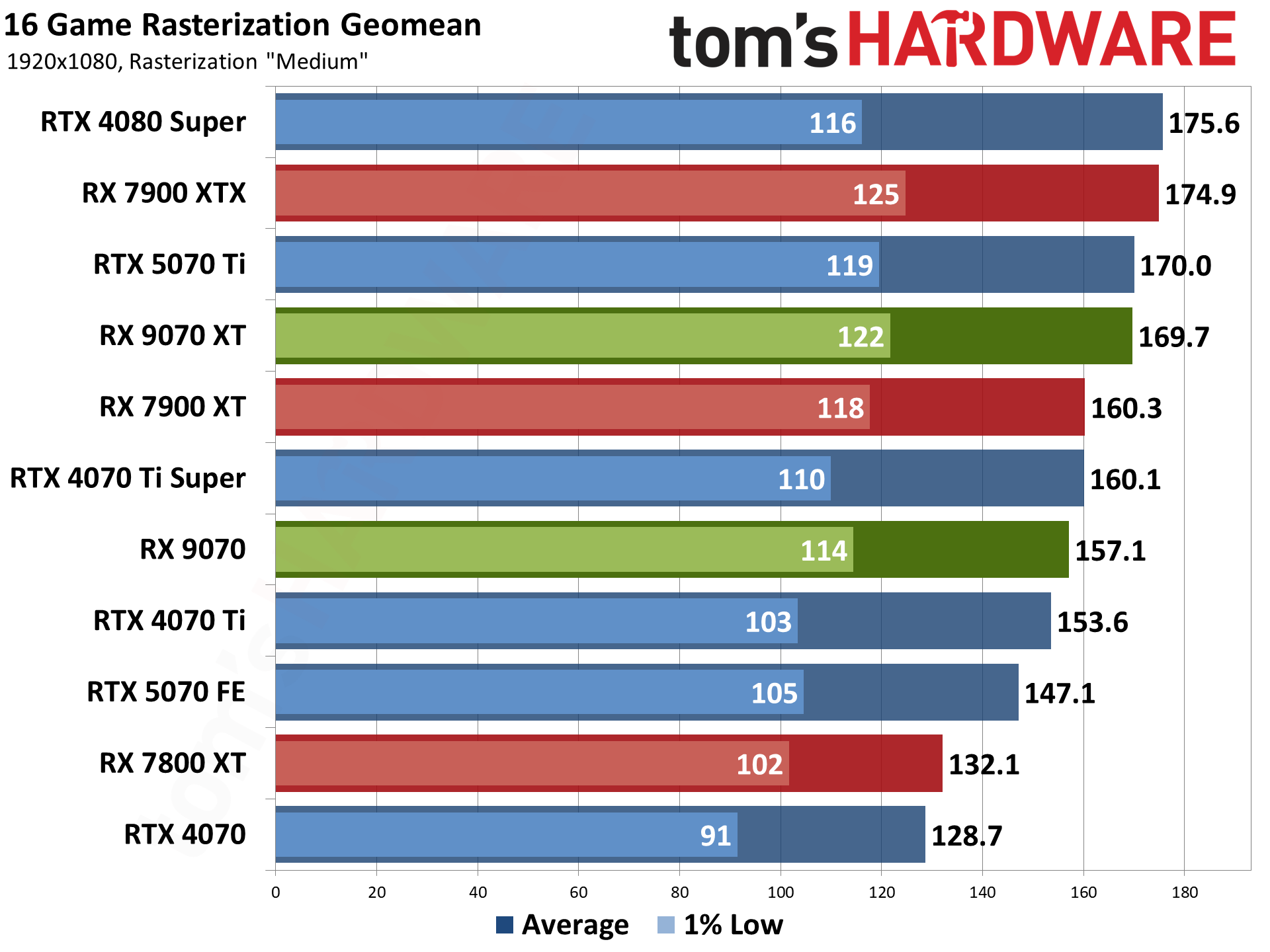
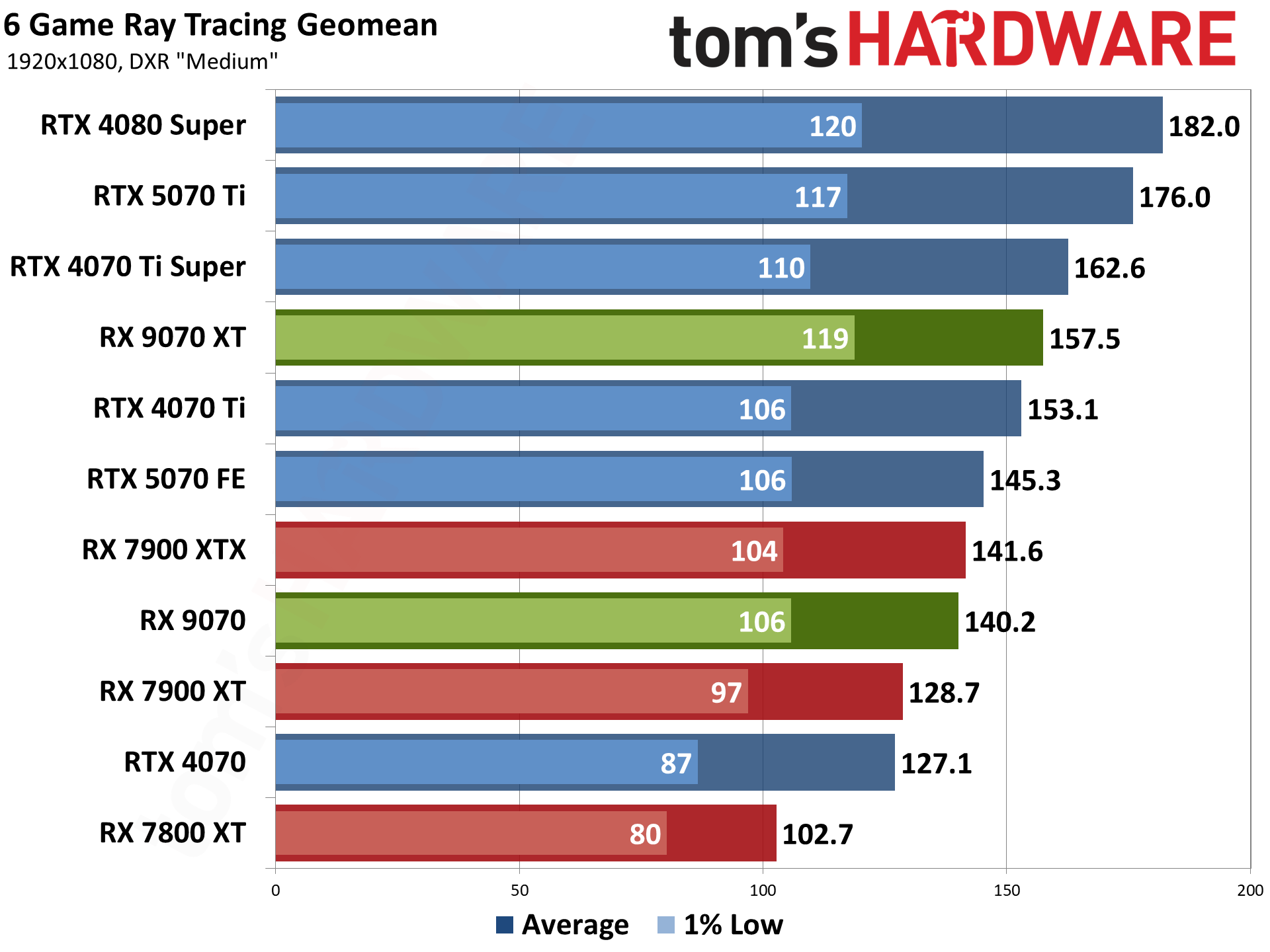
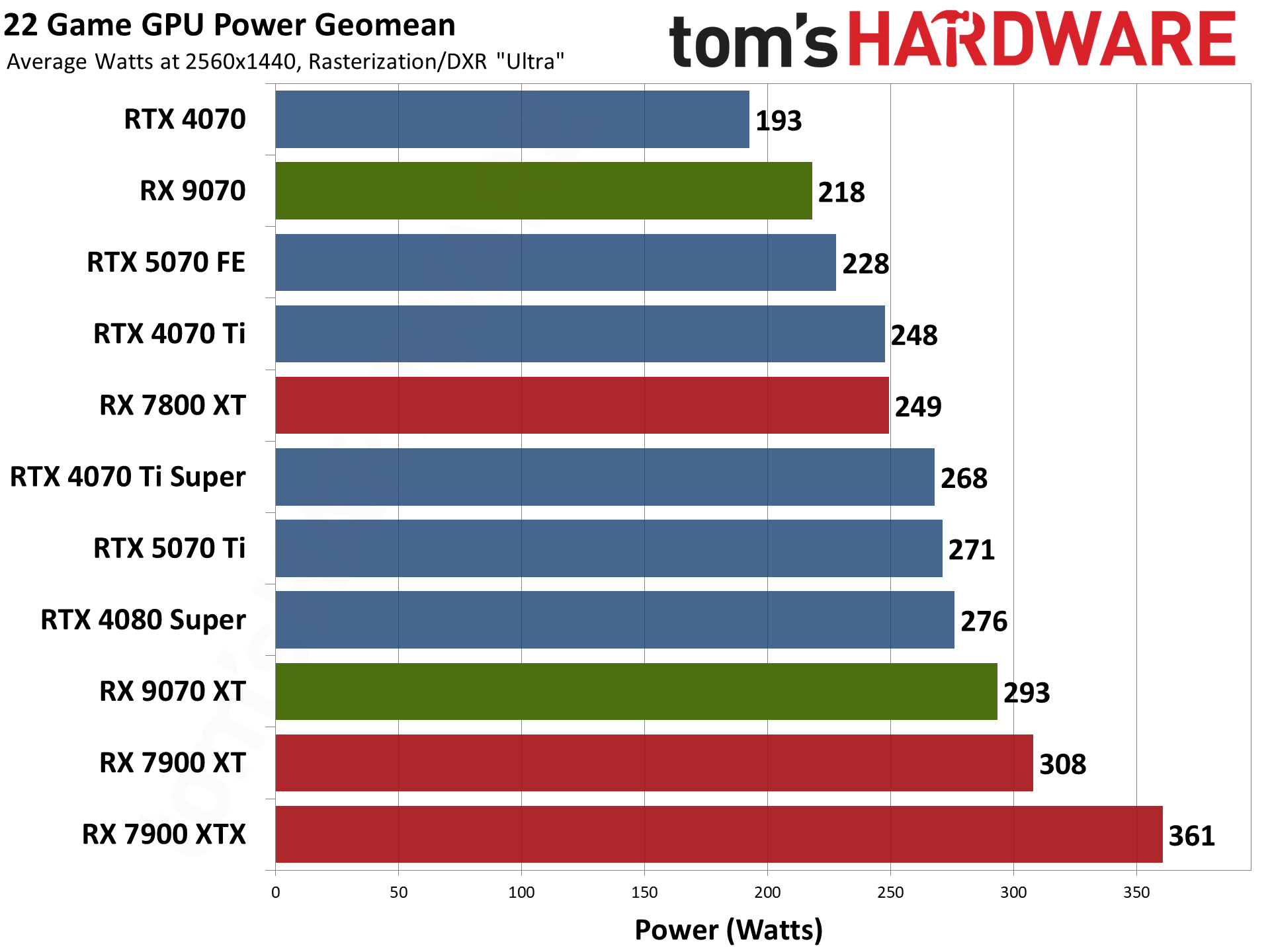
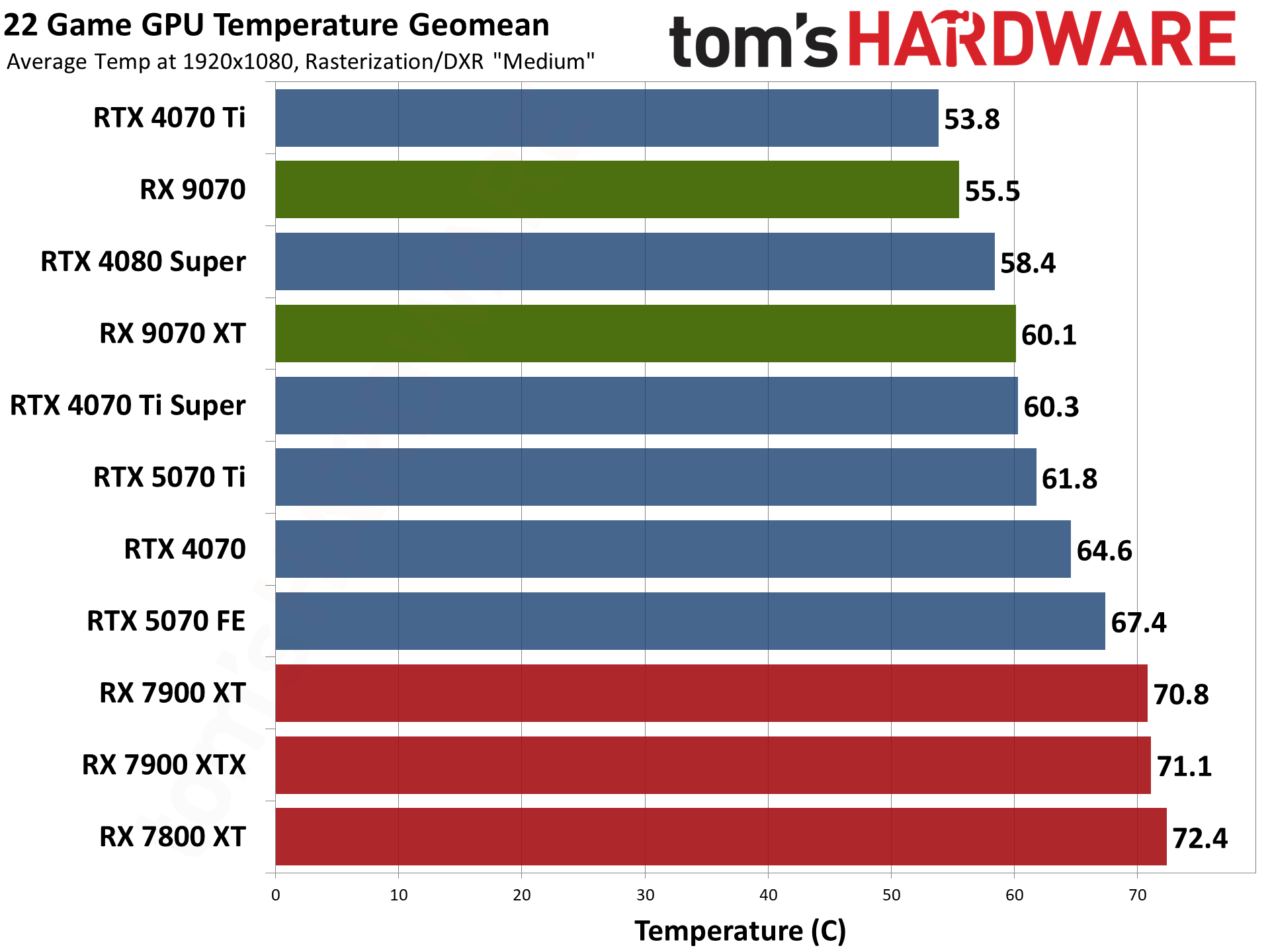
The RX 9070 XT is based on the Navi 48 GPU from AMD's RDNA 4 graphics IP, and it features 4,096 Stream Processors (cores). It has 16GB of GDDR6 VRAM, which is plenty for today and tomorrow, and this Nitro+ model boosts up to 3,060 MHz while staying extremely quiet. You also get a single recessed 12V-2x6 connector for power, which allows for easy and elegant cable routing. Sapphire has included a magnetic backplate, too, which is made out of metal, so it feels really high-quality, and there's an RGB header present on-board as well for lighting sync.
In our review, we praised the card for its superior value proposition, but knocked a few points for Nvidia's comparatively stronger driver suite. If creature comforts like RTX HDR, multi-frame gen and Nvidia Broadcast don't really matter to you, AMD's offering is a clear winner, especially now that power consumption for multi-monitor setups has been fixed, and the card in general has a modest TDP of 330W. We haven't even mentioned FSR 4, which has worked extensively to close the gap with DLSS and only looks to get better with Redstone.

Follow Tom's Hardware on Google News, or add us as a preferred source, to get our latest news, analysis, & reviews in your feeds.
Get Tom's Hardware's best news and in-depth reviews, straight to your inbox.

Hassam Nasir is a die-hard hardware enthusiast with years of experience as a tech editor and writer, focusing on detailed CPU comparisons and general hardware news. When he’s not working, you’ll find him bending tubes for his ever-evolving custom water-loop gaming rig or benchmarking the latest CPUs and GPUs just for fun.
-
dwd999 But whatever happened to the BTF PhantomLink version that they showed at Computex in May? With the ASUS TUF Gaming 5070 Ti BTF White Edition now in stock and selling at $900 that BTF is still the way to go.Reply -
A Stoner I cannot see AMD selling too many of their chips above MSRP when nVidia has been selling most of theirs for the last couple weeks at or below MSRP. They are good cards, but they are not worth a premium unless you are just doing it to support AMD and not get real value for you money. It is really too bad that AMD is not able to get enough chips into the market to take advantage.Reply
Oh well. -
palladin9479 Reply
AMD isn't selling any of these GPUs. AMD sells chips in bulk to AIB companies. It's up to those AIBs to make the product and sell it to you.A Stoner said:I cannot see AMD selling too many of their chips above MSRP when nVidia has been selling most of theirs for the last couple weeks at or below MSRP. They are good cards, but they are not worth a premium unless you are just doing it to support AMD and not get real value for you money. It is really too bad that AMD is not able to get enough chips into the market to take advantage.
Oh well. -
Heat_Fan89 FYI, the 9070XT PowerColor Reaper is currently at $599.99 MSRP on Amazon. They also have a couple of 5070 Ti's at $749.99 MSRP and a Gigabyte RTX 5090 at $1999.99Reply -
jlake3 Reply
Newegg has non-XT RX 9070s at MSRP, my closest Microcenter has a decent quantity of RX 9070XTs in stock at MSRP, and both of them have 8gb and 16gb RX 9060XTs in stock at MSRP (Newegg even has a few 8gb cards below MSRP for the next few hours as of posting).A Stoner said:I cannot see AMD selling too many of their chips above MSRP when nVidia has been selling most of theirs for the last couple weeks at or below MSRP. They are good cards, but they are not worth a premium unless you are just doing it to support AMD and not get real value for you money. It is really too bad that AMD is not able to get enough chips into the market to take advantage.
Oh well.
The Nitro+ is Sapphire's absolutely top-of-the-line model though, with the biggest cooler, higher-than-standard power targets, fanciest RGB setup, and hidden cable routing underneath a magnetic backplate. If you want value, look for the "Pulse" model.
